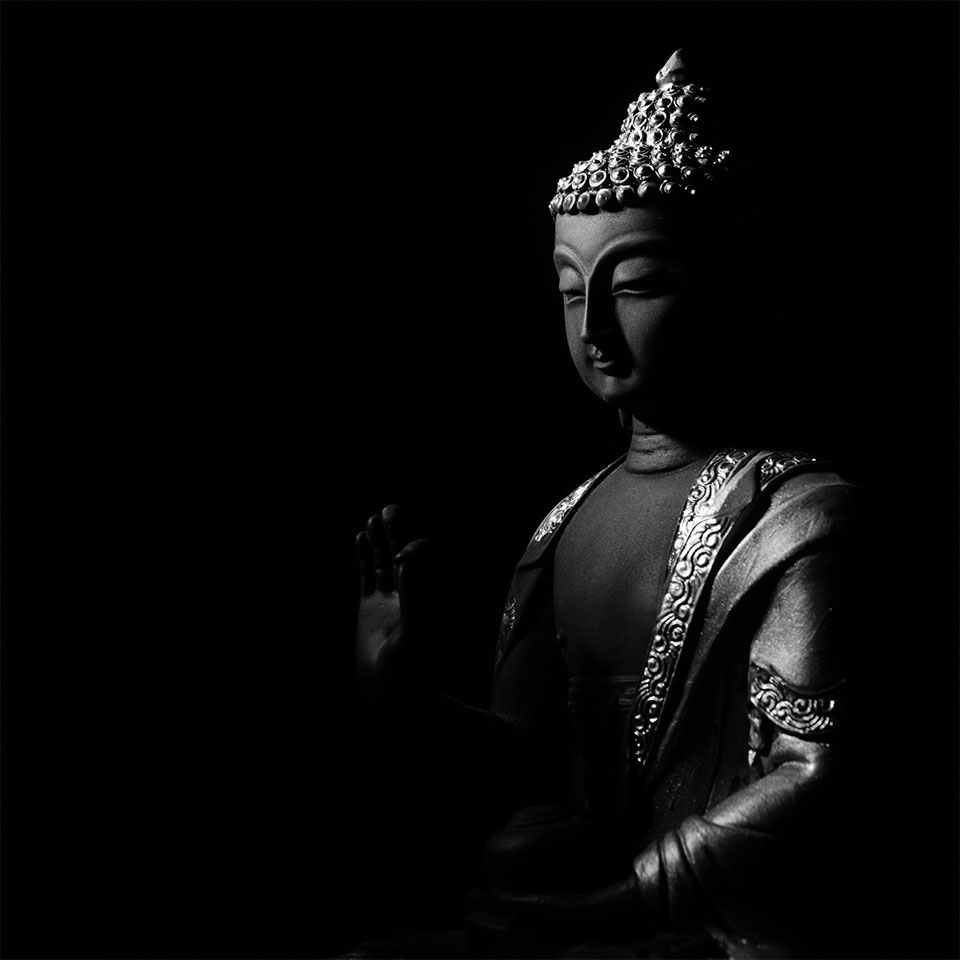The Four Noble Truths on the Yoga Mat
Buddhism’s Four Noble Truths are often described as the heart of the Buddha’s teaching — simple, yet profoundly transformative. And though they come from a different tradition, their wisdom is beautifully echoed in yoga practice. (Who knows – perhaps Buddha, and Patanjali, had some of the same teachers, or read the same books!) Both paths invite us to look at life honestly, and to find freedom through awareness, discipline, and compassion.
1. Suffering Exists — Dukkha
The Buddha begins by stating what we already know in our bones: life involves suffering. Not just obvious pain, but the subtle restlessness of never being quite satisfied. On the mat, this might be the frustration of tight hips, the wobble in balancing poses, or the self-critical thoughts that creep in when we compare ourselves to others. Acknowledging suffering isn’t negative — it’s honest. It’s the first step to transformation.
In yoga: When you notice discomfort in a pose, can you stay with it? Not resisting, not escaping — just acknowledging, “Ah, this too is part of the journey.”
2. The Cause of Suffering — Samudaya
Buddhism teaches that suffering arises from craving, clinging, and ignorance. We grasp at permanence in a world that is always changing. In yoga, this shows up as the desire to nail the “perfect” pose, the ego-driven push to go deeper than we’re ready for, or the comparison game with the person on the next mat.
In yoga: Notice where you’re striving. Can you release the need for the pose to look a certain way, and instead let the practice be about how it feels?
3. The End of Suffering — Nirodha
Here’s the hopeful truth: suffering isn’t the end of the story. The Buddha taught that freedom is possible. When we let go of clinging, we experience peace. In yoga, this happens when we surrender — softening into child’s pose, breathing deeply in savasana, or allowing ourselves to be present without judgment. That release is a glimpse of liberation.
In yoga: When you soften the grip, both physically and mentally, you create space for ease, joy, and peace to arise.
4. The Path — Magga
The way out of suffering is through practice — the Noble Eightfold Path in Buddhism, and the Eight Limbs of Yoga in Patanjali’s system. Both are blueprints for a life of discipline, mindfulness, and compassion. On the mat, this is showing up consistently, practicing with awareness, and remembering that yoga is not just about flexibility of the body, but of the heart and mind.
In yoga: Every breath, every pose, every attempt at stillness is a step on the path. It doesn’t have to be perfect. It just has to be practiced.
The Four Noble Truths remind us that pain and challenge are part of life — but they don’t have to define us. Through yoga, we practice noticing discomfort without clinging to it, letting go of what no longer serves us, and walking the path of awareness and compassion.
On the mat, as in life, the work is simple: stay present, breathe deeply, and keep showing up.




Leave a Reply